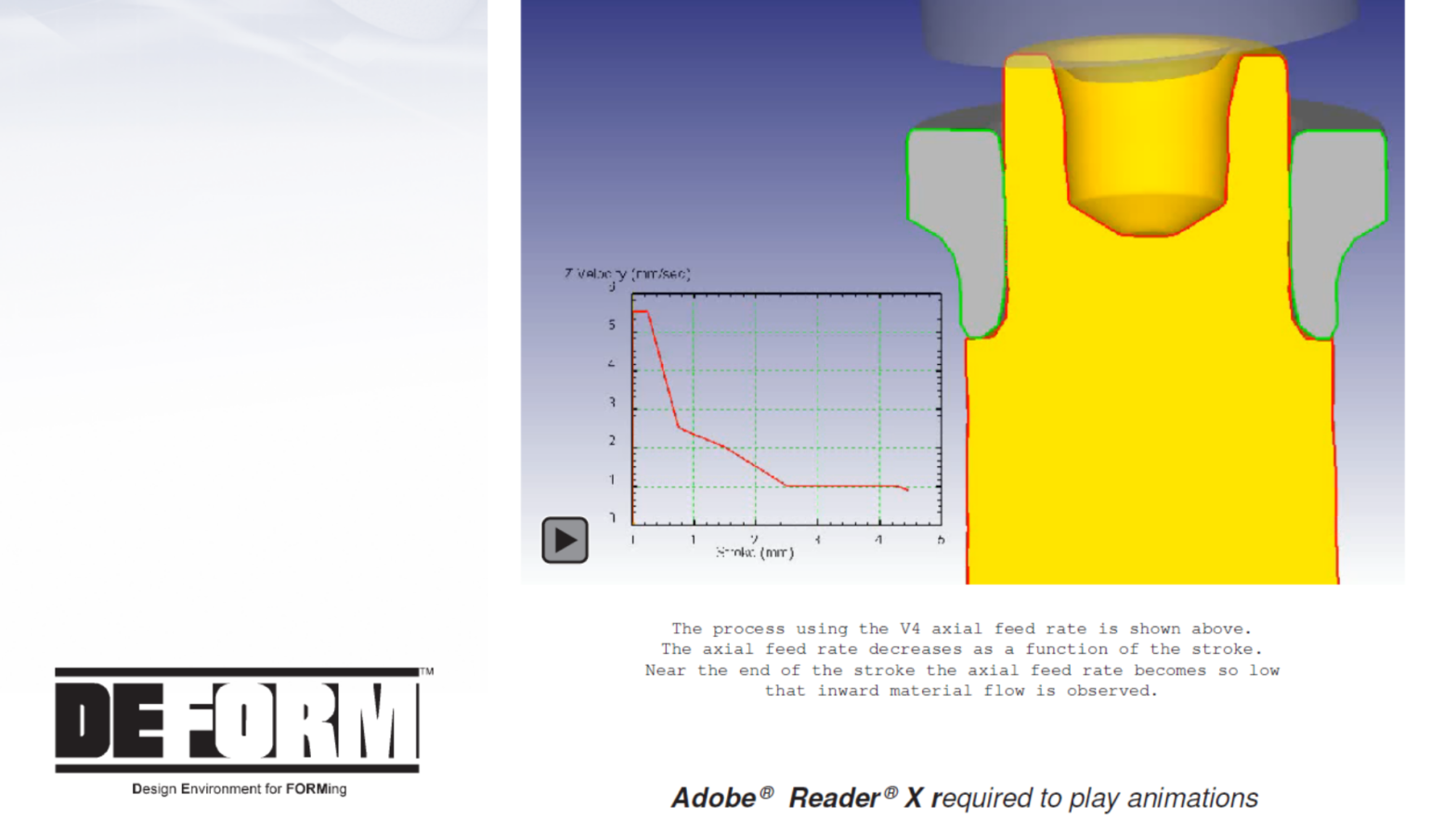
Simulation has shown that the orbital forming assembly process can benefit from a decreased feed per revolution. Decreased forming contact area requires a smaller forming load and press size. The flange provides a greater restraining force because the springback is reduced when the forming tool is removed.
However, if the feed rate becomes too low, inward material flow can occur which is undesirable. In this case, the v2 feed profile will be used because it provides the lowest feed rate at the end of the stroke without producing a defect.
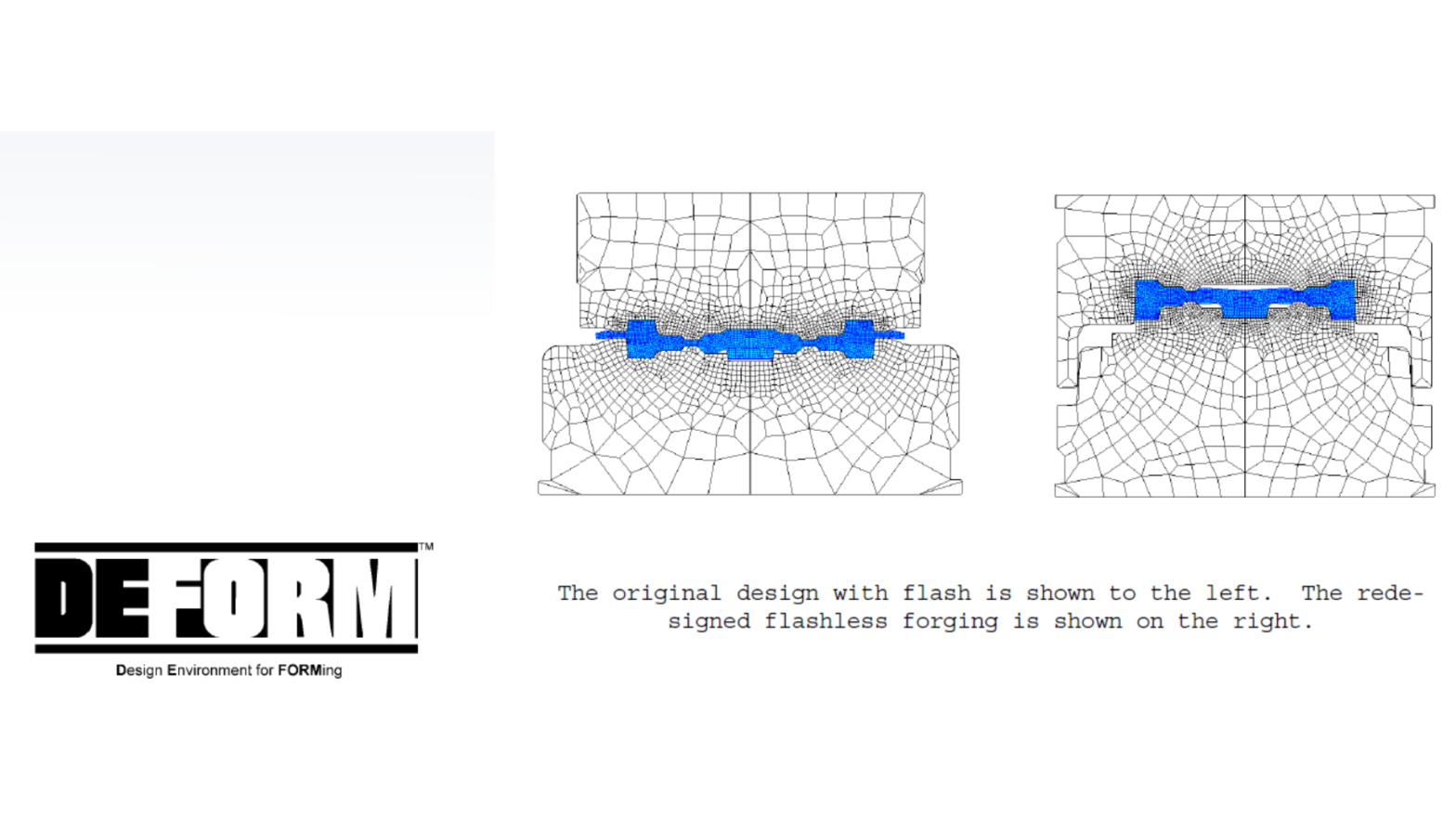
The simulation is a DEFORM™-2D axisymmetric problem with the tooling considered as rigid and only heat transfer to the tooling being simulated.
The component was previously manufactured as a hot forging in the traditional manner with flash on a 1300 ton mechanical press, as shown.
By using DEFORM™-2D to assist in the design, a flashless version of the component has been developed, which also benefits from a reduced material volume in the central web – a resulting increase in material yield from 70% to 84%.
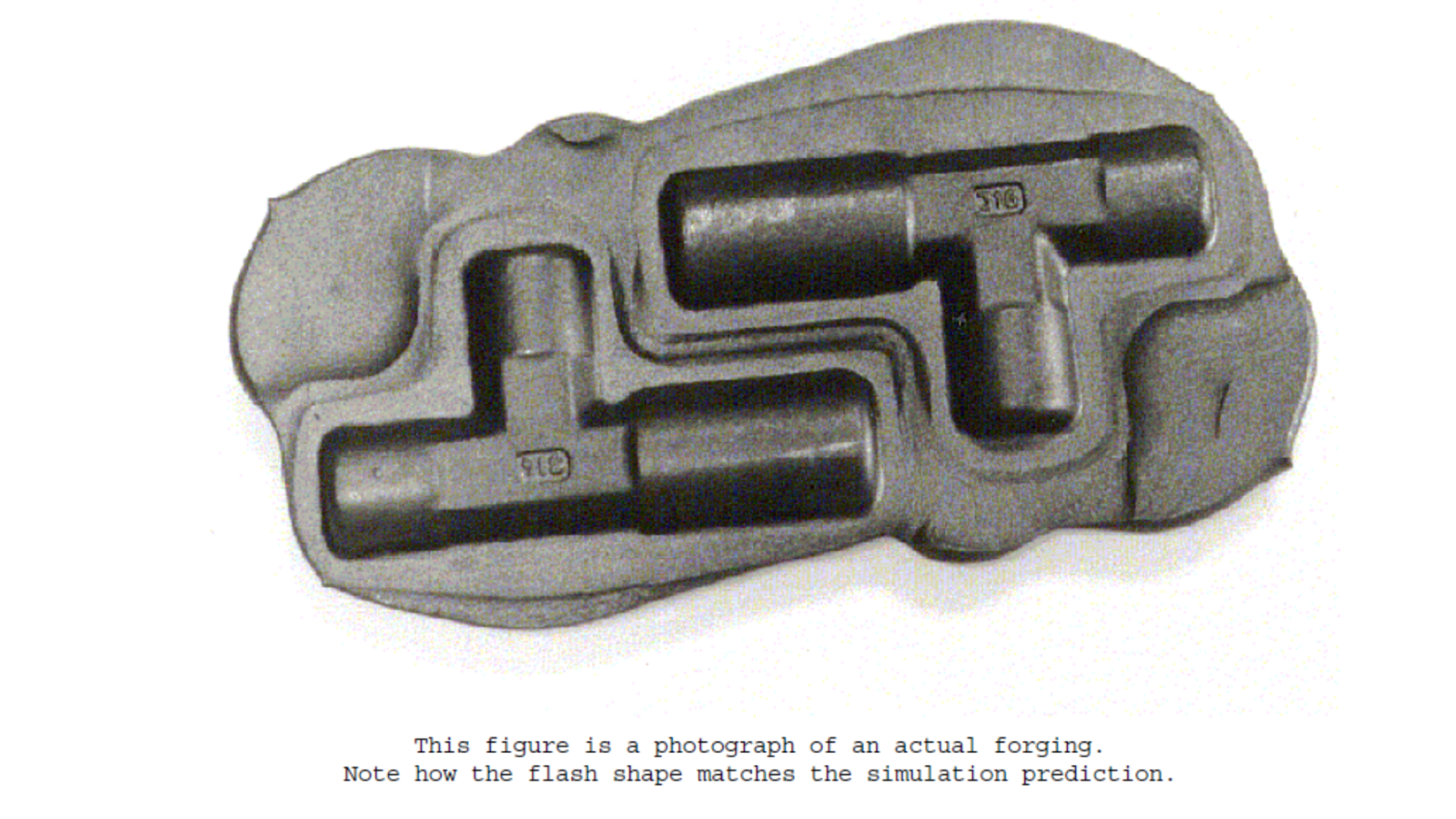
DEFORM-3D was used in these process simulations to analyze and understand the process. The results correlated well with actual production experience.
Adding the bust operation eliminated this defect as a result of better volume distribution going into the blocking operation as shown. Process simulation can be used to understand the influence of volume distribution on both defect formation and product cost.
A flash region that is wide in one region and thin in another indicates a less than optimum preform design.
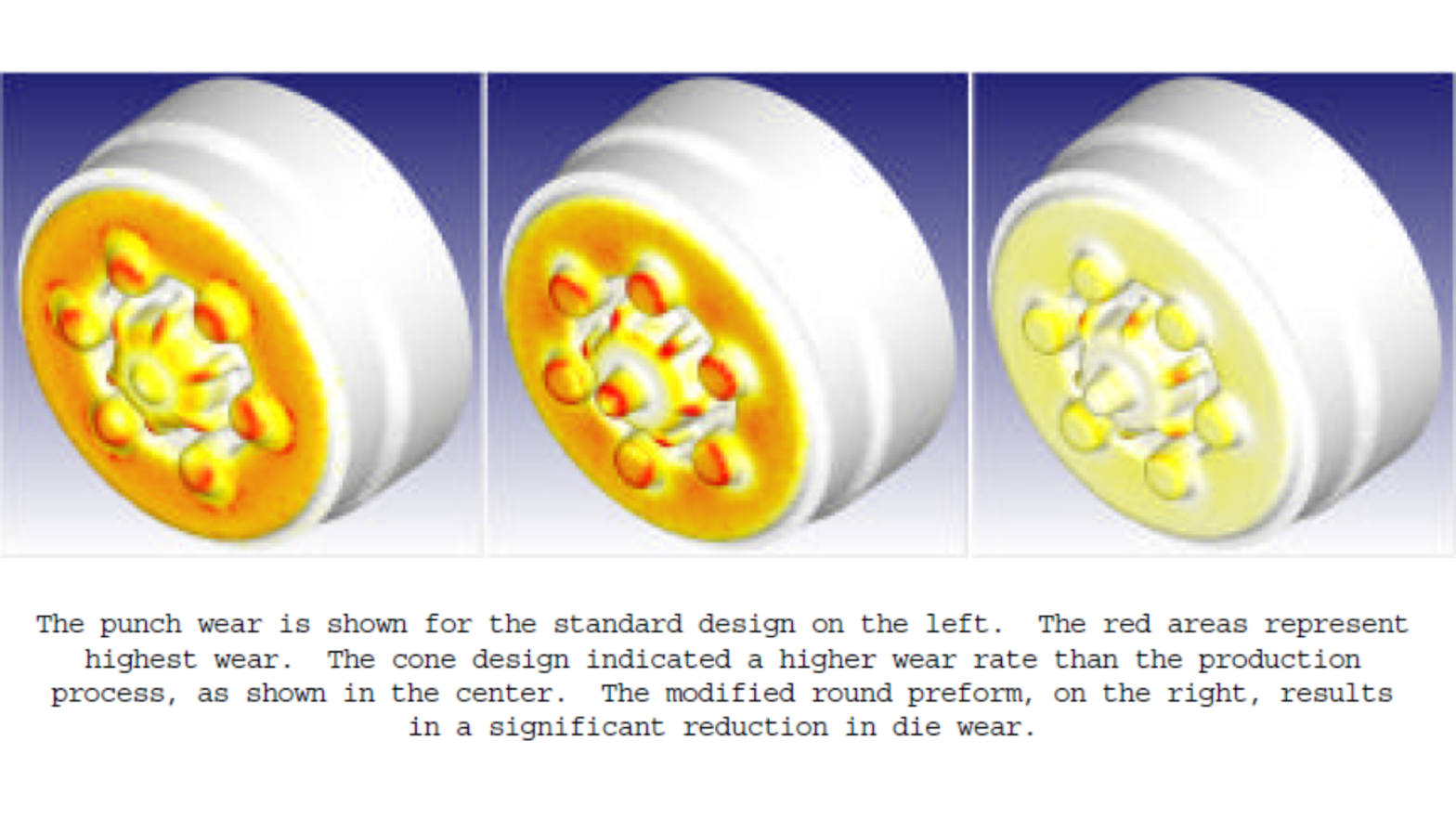
Existing die wear models are empirical in nature. While this is a limitation to the purist, they can be calibrated to provide useful results in a production environment. With a reasonable model, DEFORM can be used to optimize tool life for various preform designs. Die life failure analysis can contribute to very significant cost savings through increased die life without expensive production trials.
Read More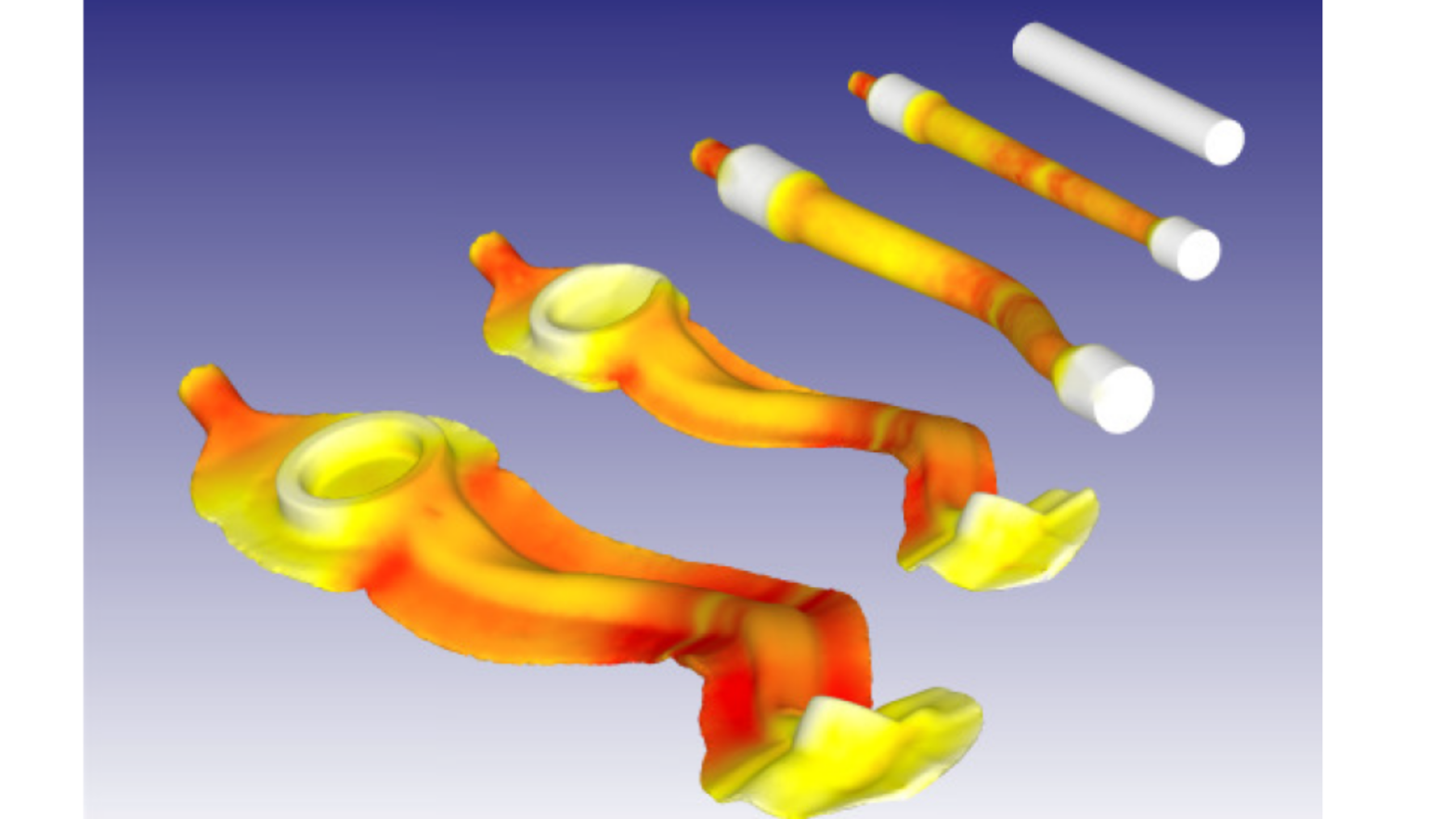
DEFORM simulations provided LC Manufacturing with a means to optimize part shape and avoid defects in both cross rolling and forging. For the first time ever, they were able to predict cross roll output and redesign these complex tools before physical trials. Simulation enhanced their ability to create complex preforms that could be utilized in down-stream forging sequences.
Continuous process improvement, with the aid of process simulation, resulted in a very successful product. Material use was reduced by over 30% in going from a straight cut bar to an optimized preform. LC Manufacturing has won substantial new business from their customer as a result of this success.
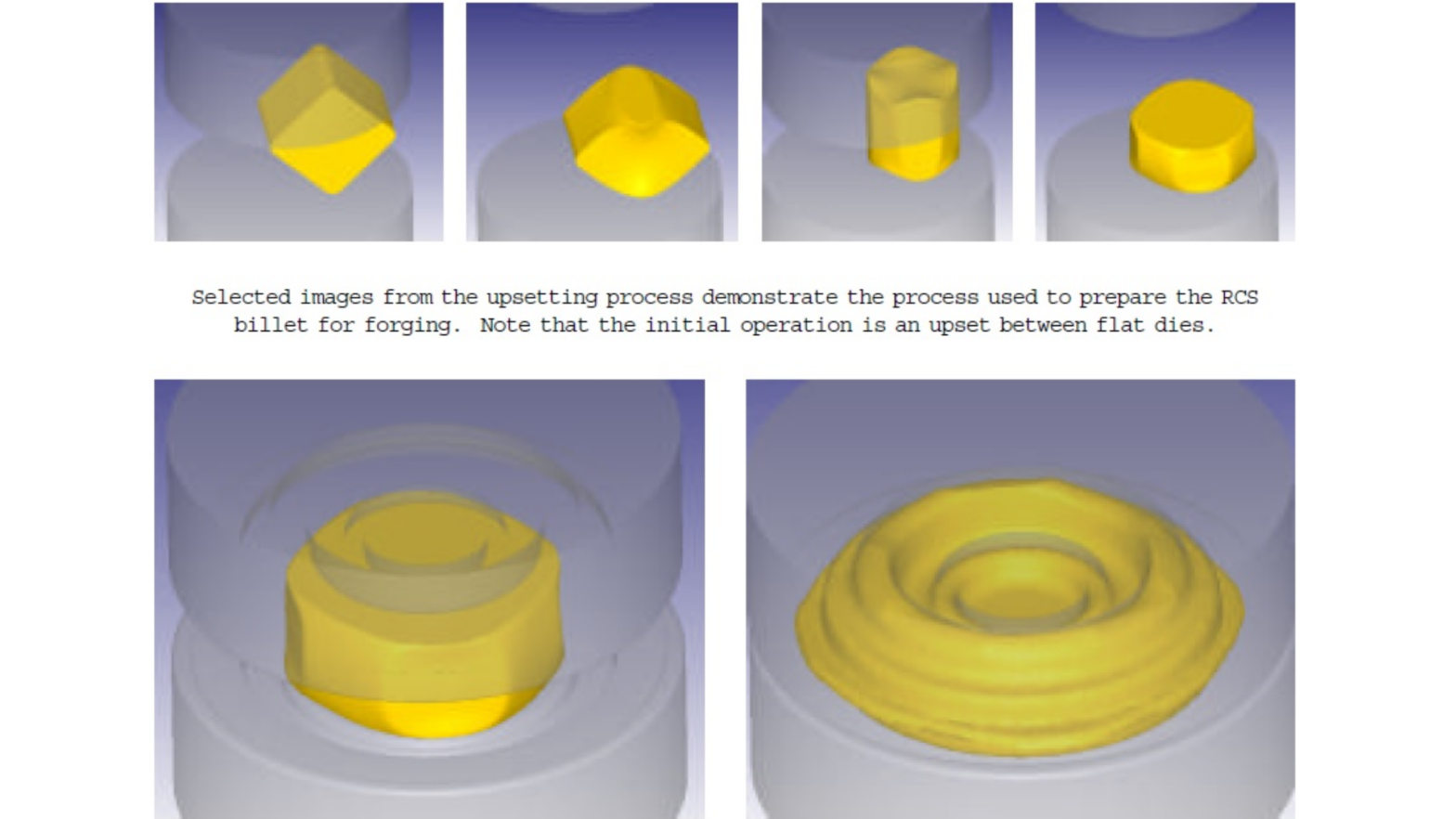
In this example, supplied by Caterpillar, DEFORM-3D was used to evaluate various input materials in the production of a gear blank. Effective strain was used to determine if input stock with a lower initial deformation would meet the final part requirements. By accumulating strain throughout the process, the final strain distribution can be determined.
Read More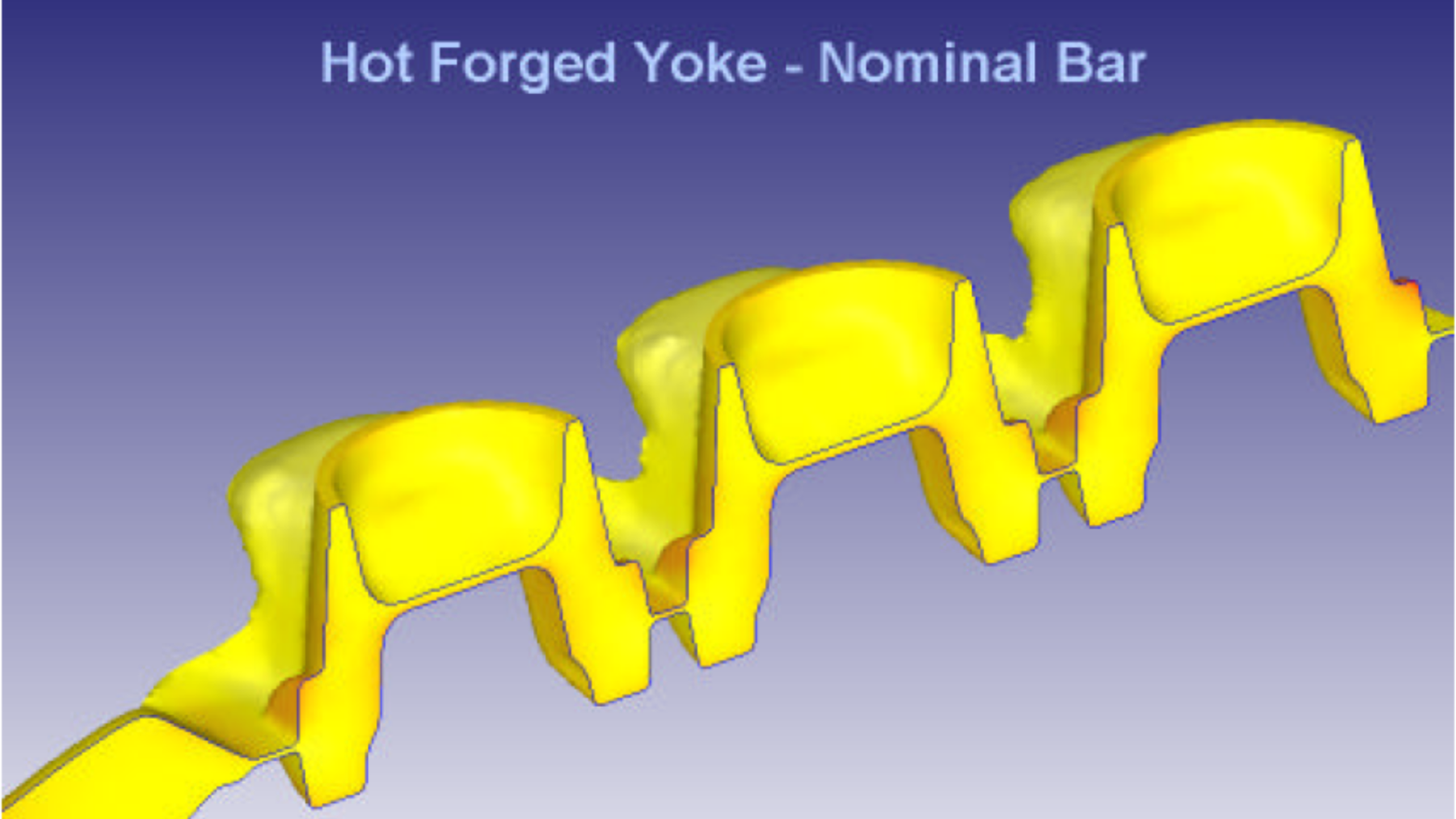
The contributions of process simulation in the development of multiple cavity forgings have been well documented. This case study illustrates how DEFORM contributes to controlling cost in a tight lead time environment for a simpler process.
Tight schedules are the order of the day. Very few manufacturers have the luxury of an increased selling price to compensate for added costs associated with conservative material sizing, recutting dies or shop trials.
With profit margins as tight as schedules, it is critical to optimize the process prior to committing cash to the production trials. DEFORM-3D is a valuable tool to provide feedback to the forging designer early in the process. Even more important, when defects that would result in scrap are observed, they can be avoided completely.
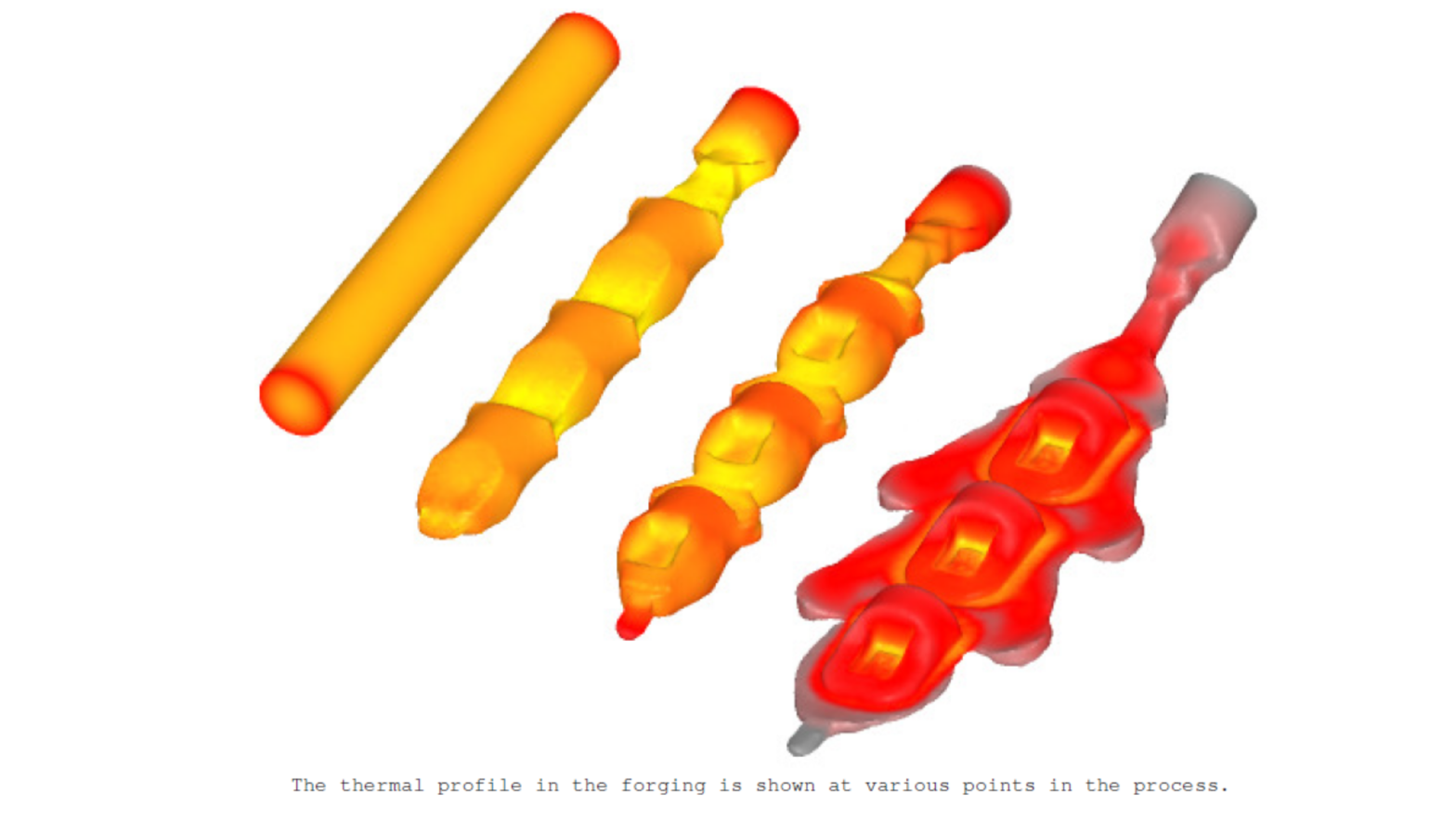
Throughout the process redesign, simulation was used to test concepts prior to production trials. In the redesigned process, part location in each station was considered. Total deformation energy was calculated to estimate the number of blows required and provide a relative measurement of process efficiency. The dies were designed by Delfasco and New Die staff, while the DEFORM-3D simulations were run at SFTC within the PRO-FAST Project.
Read More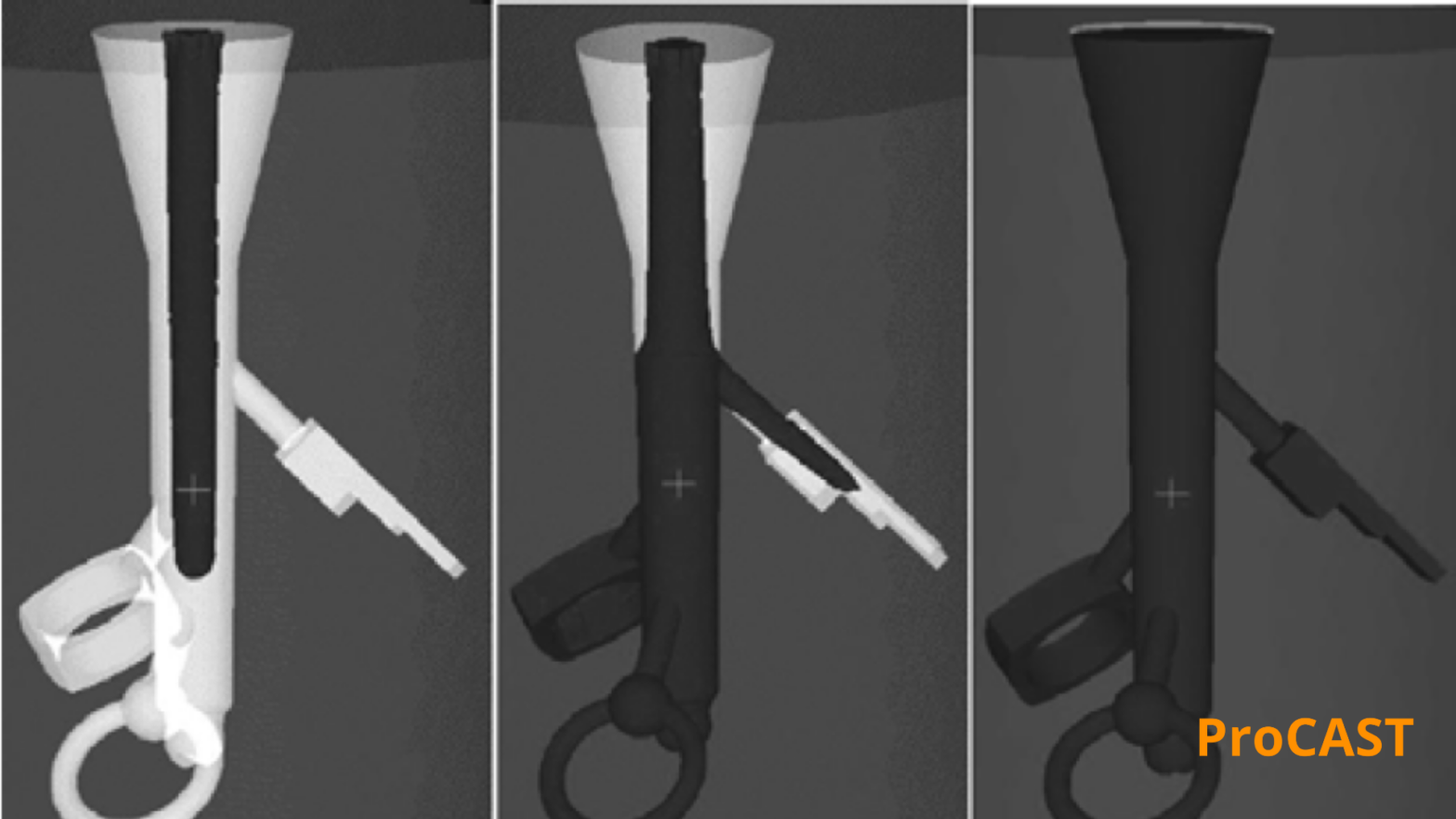
Computer-based casting simulation as ‘virtual casting’, it facilitates us to optimize the process parameters to beneficially find out the suitable working model of the casting process. To obtain more precise and realistic solution, the profound understanding in the fundamental concept of simulation software is necessary.
Read More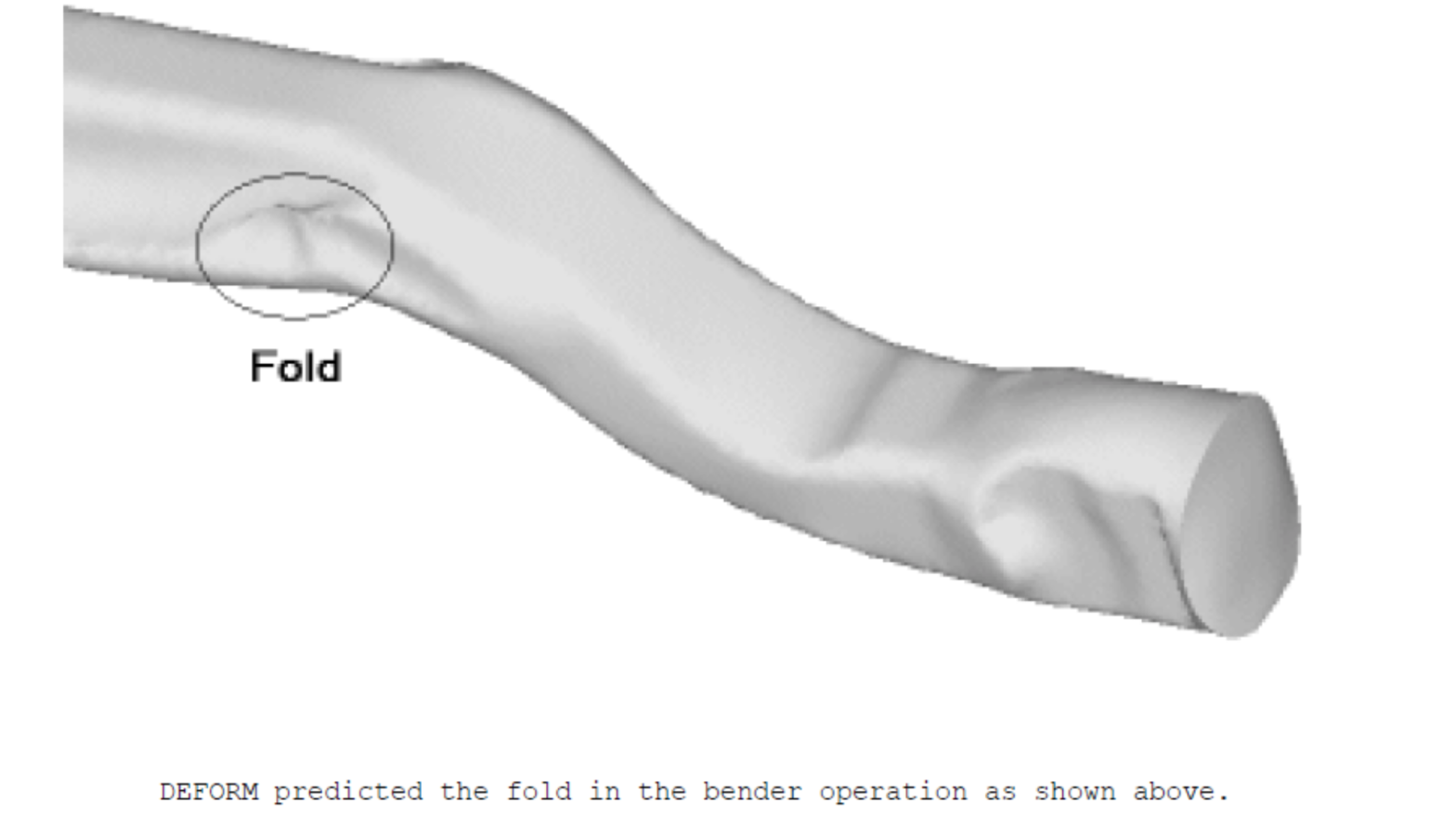
Process simulation can be used to determine the root cause of a defect that occurs during a multiple operation forming process. A major commercial vehicle part manufacturer discovered a problem with an axle beam forging. A lap (or fold) defect was evident on the finish forged product. History and experience guided the designers to concentrate their efforts to remove this lap on the blocker and finisher operations. In this case, modifications to the final operations did not result in a defect-free forging.
Read More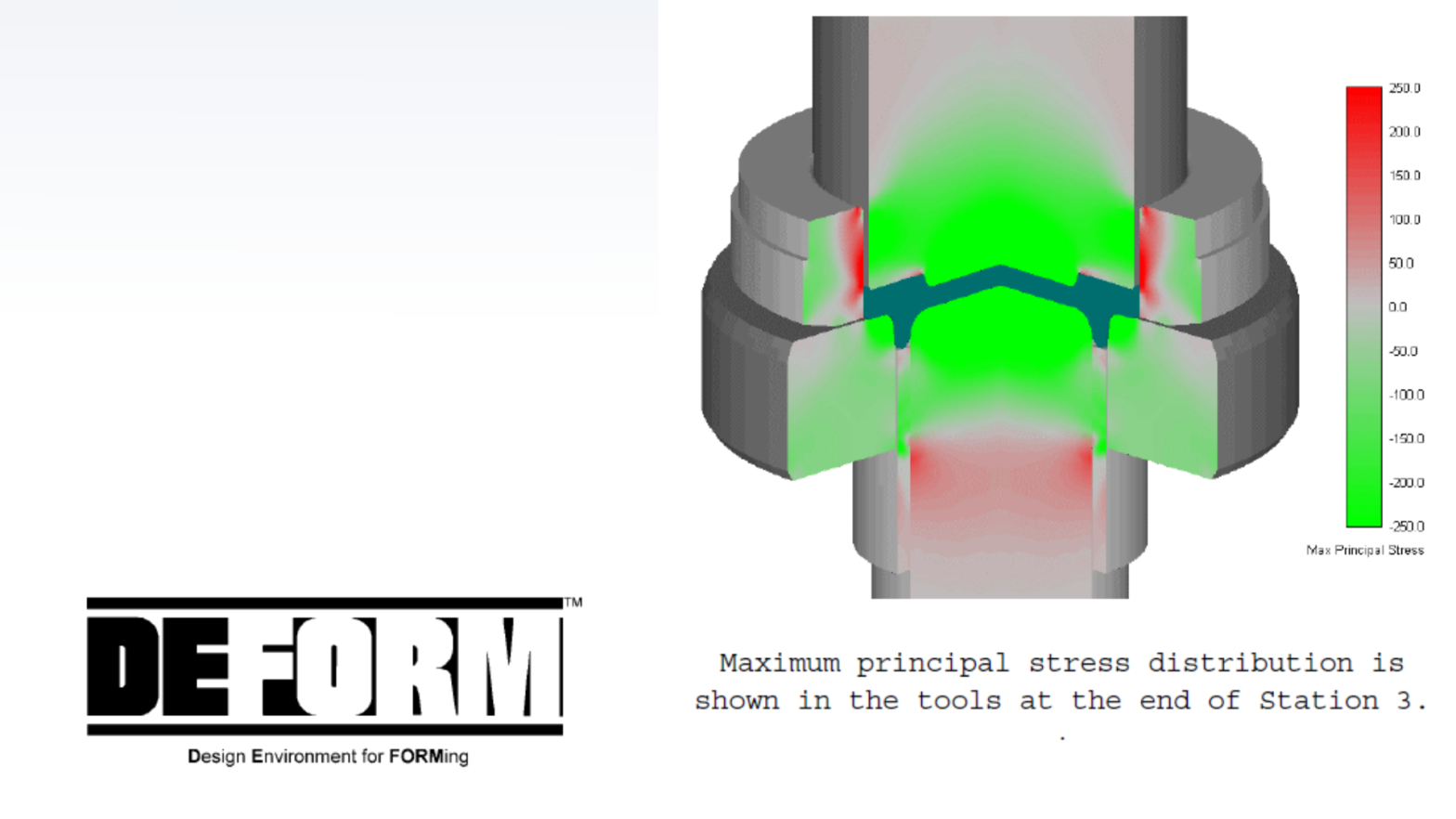
The entire process was set up in one session, using material data from the DEFORM™ database, and was run a number of times with different initial billet temperatures and friction coefficients. The die movement control applied depends on the type of press machinery being simulated.
Read More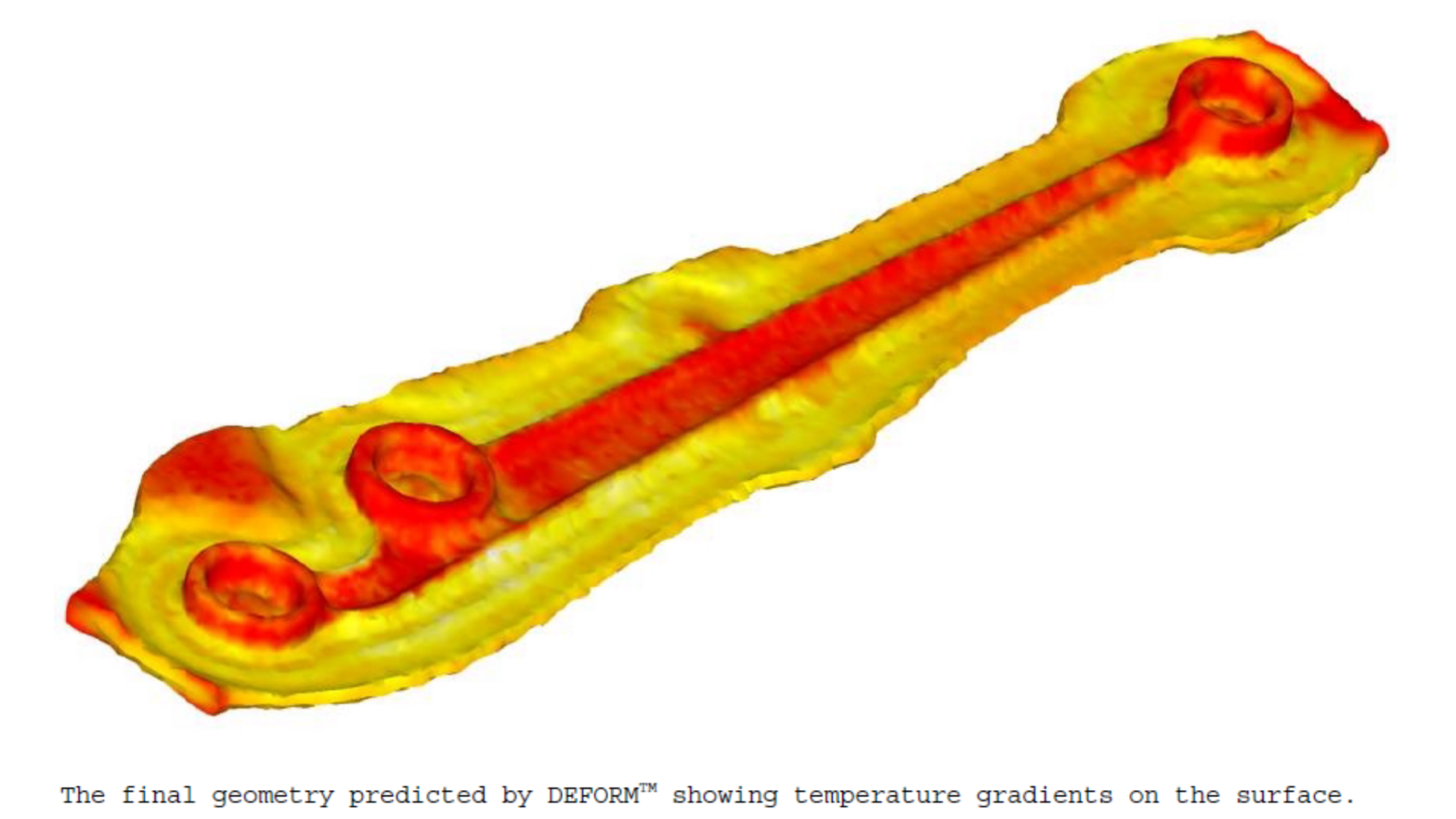
Process simulation has found many uses within UEF. Process optimization can be achieved quickly and efficiently through the use of simulation software.
Reduced product development costs and more ‘right first time’ tooling can provide significant savings.
State of the art process simulation can enable designers to explore and evaluate more challenging components that would otherwise have been possible in the past without the cost, time and risks associated with full scale, physical forging development trials.